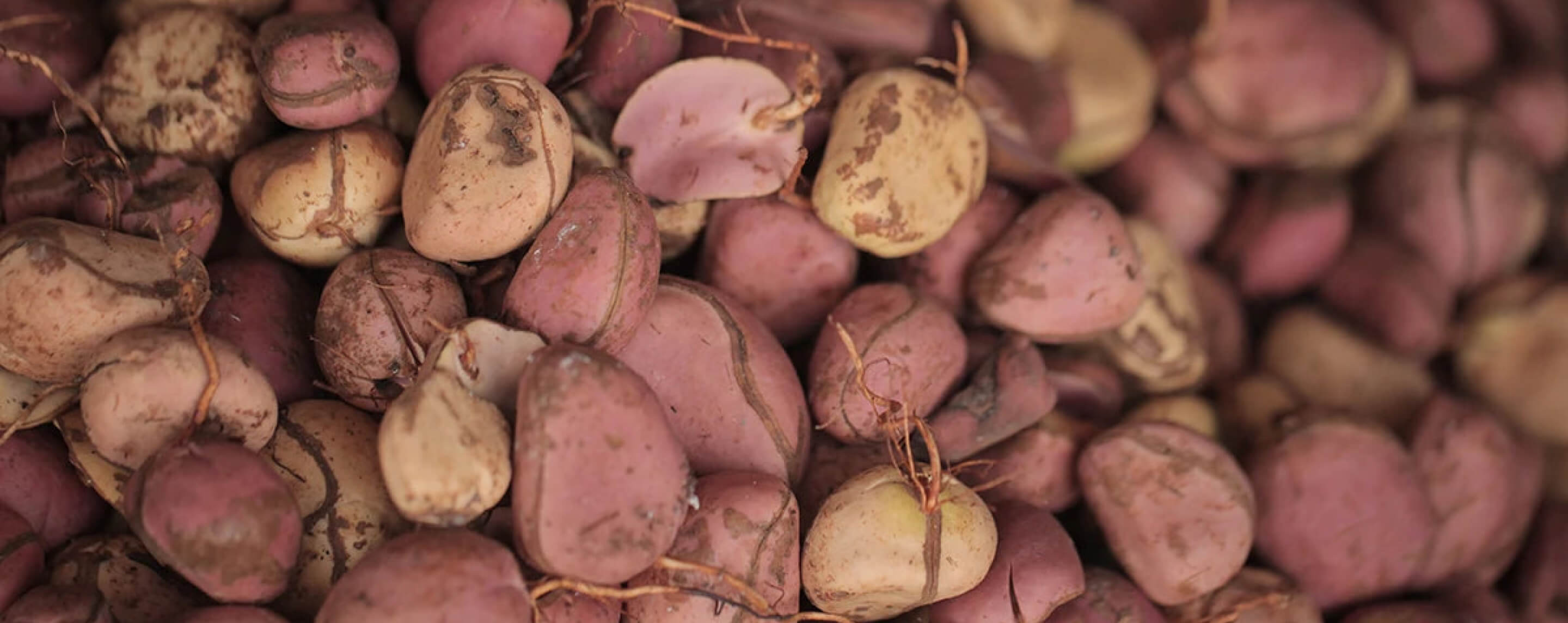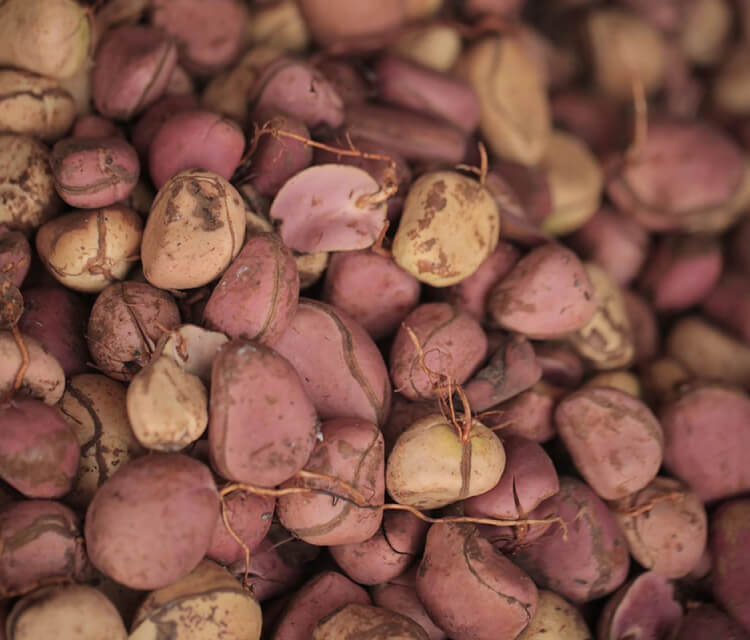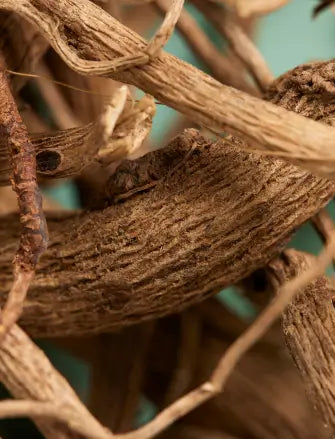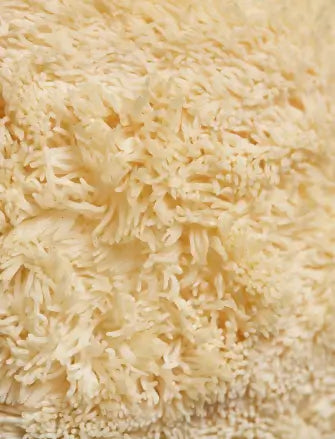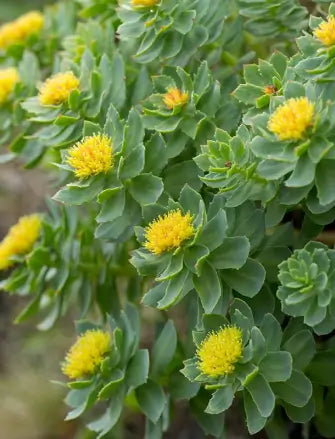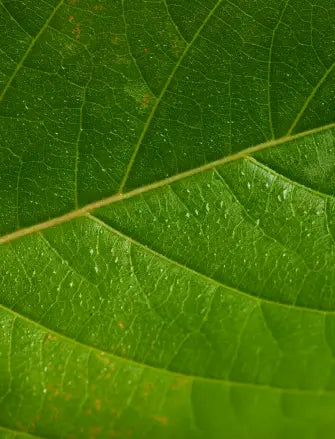What Is Kola Nut?
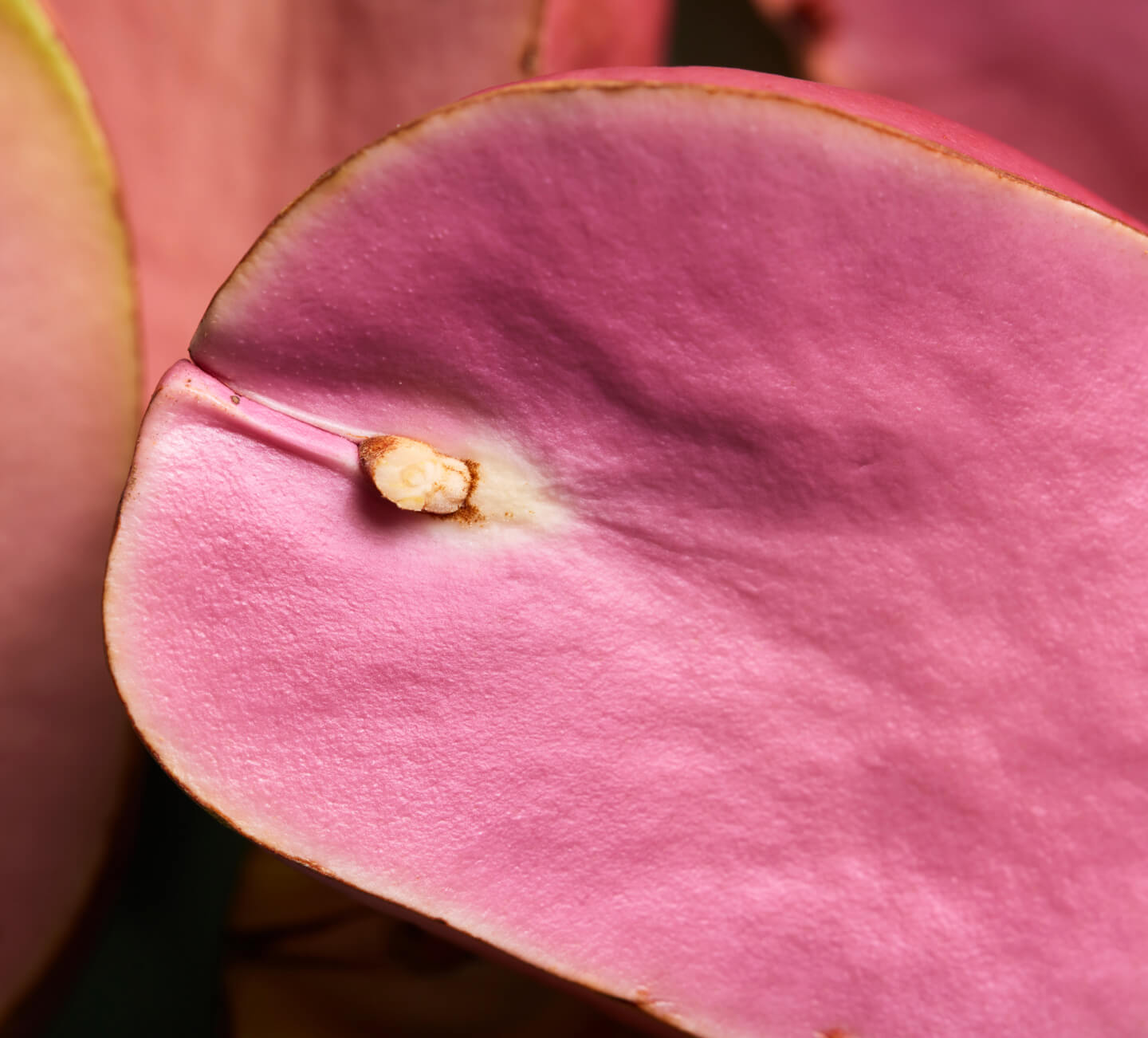
What is Kola Nut Used For?
Across West Africa, people chew on kola nuts to extract caffeine and stimulate the mind. Fresh kola nuts have a bitter taste that gets sweeter the longer you chew, while dried nuts are milder in flavor and have a floral or spicy scent. And since the African kola nut isn’t actually a nut at all, they’re safe to eat for people with tree nut allergies.
To this day, fresh kola nuts are an important fixture of culture, religion, and spiritual practice in West African countries and have even been used as a form of currency.
As the name might suggest, the kola nut is one of the reasons our favorite sugary, caffeine-packed carbonated beverages exist. In the 1880s, a pharmacist named John Pemberton invented Coca-Cola in part by extracting the flavor and caffeine from bitter kola nuts. Mainstream sodas and cola beverages no longer include the fresh or dried fruit, opting instead for artificial sources. But kola nut extract is still used as a flavoring ingredient in some natural sodas and herbal drinks.
Kola nuts can also be used in powder form after being ground up. Due to their high caffeine content, kola nuts and kola nut powder or extract can boost energy levels, improve metabolism, increase circulation, and aid in digestion.*

Benefits
Because of the high caffeine content in kola nuts, they are known to help increase energy and alertness.
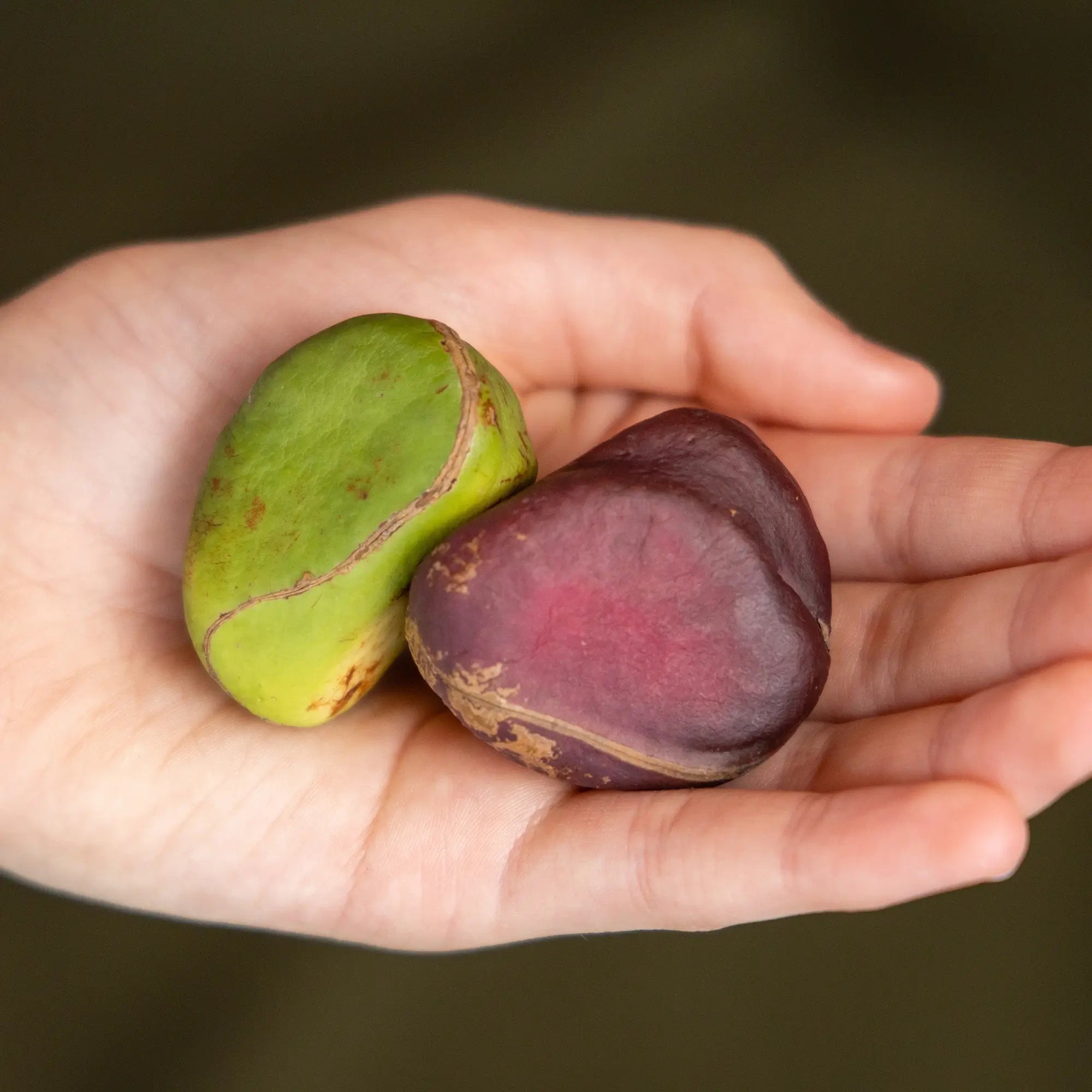
Side Effects
As with any caffeine-containing products, there are potential side effects of consuming kola nuts. Some side effects include:
- Increased blood pressure
- Heartburn or upset stomach
It’s important to monitor and limit your caffeine consumption to avoid unwanted and potentially dangerous side effects. Too much caffeine may cause symptoms such as:
- Dizziness
- Restlessness
- Insomnia
- Rapid or abnormal heart rate
- Headaches
- Dehydration

Embracing Nature's Goodness with Botanic Tonics
Like the many other plants used in Botanic Tonics feel free products, kola nuts have a long history. From being part of African traditions to showing up in drinks and supplements worldwide, kola nuts have been used for centuries for their many energy enhancing benefits. With kola nuts and other natural plant ingredients, feel free capsules can make you feel good inside and out.
So, when you're looking for a little pick-me-up, think about our plant-based energy capsules. They're made with kola nut, kava root, and other natural ingredients made to give you that boost you’ve been searching for.
Sources: Healthline. What is Kola Nut. https://www.healthline.com/health/kola-nut
Other plant ingredients
Our products that feature this ingredient:
-
NATURALLY CAFFEINATED CAPSULES
 feel free capsules
feel free capsules










